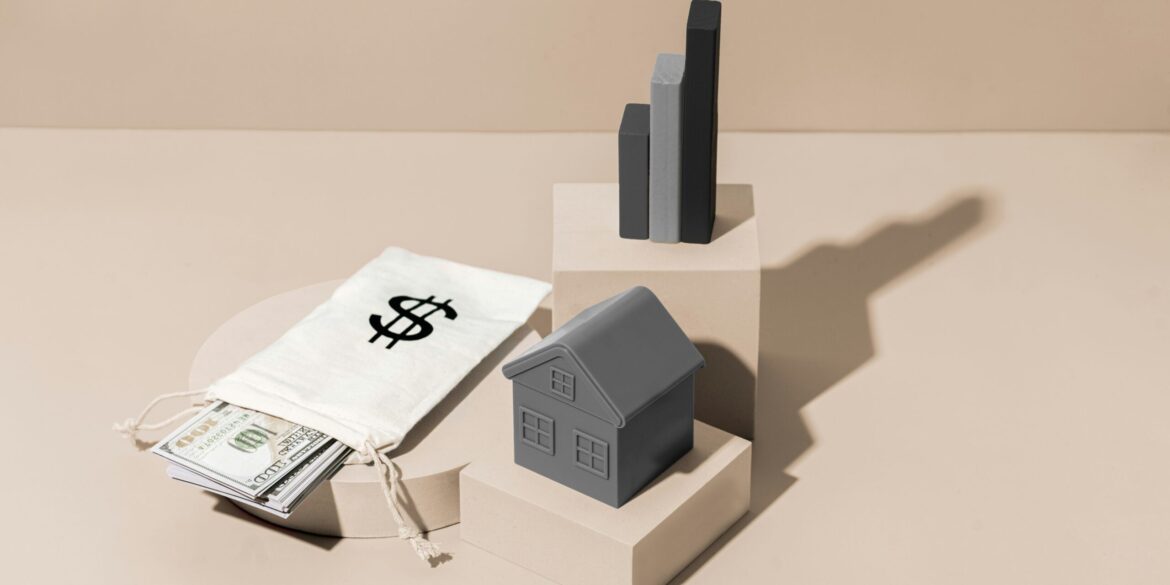As housing affordability continues to be a critical issue in many parts of the United States, state lawmakers and urban planners are exploring various reforms to building codes and zoning laws in an effort to reduce construction costs and increase the supply of affordable housing. One of the most talked-about proposals is the allowance for single-stair apartment buildings in mid-rise structures, a design currently restricted in the U.S. due to concerns about fire safety. Proponents of this change argue that permitting single-stair designs could lower construction expenses, potentially reducing costs by up to 10%, while also providing greater design flexibility. However, the proposal has sparked a debate between housing advocates and fire safety officials, who raise valid concerns about the potential risks to occupants during emergencies.
Housing Affordability Crisis in the U.S.
The need for affordable housing in the U.S. has reached a critical juncture. According to a recent report from the National Low Income Housing Coalition, there is a shortage of nearly 7 million affordable and available rental homes for extremely low-income renters. With home prices and rents continuing to rise, many Americans—especially in high-demand urban areas—are being pushed out of the housing market or are forced to spend disproportionate amounts of their income on housing.
At the same time, the construction of new affordable housing has stagnated in many parts of the country. Developers face numerous hurdles, from high land costs and labor shortages to complex and often expensive building codes. This has led to a growing call for reforming existing policies to ease the development of affordable housing.
The Proposal: Single-Stair Apartment Buildings
One of the key reforms being considered in several states centers on changing building codes to allow single-stair designs in mid-rise apartment buildings. Under current fire safety codes, buildings above three stories must have two separate stairwells to ensure safe evacuation in the event of an emergency, such as a fire. These requirements are meant to provide multiple egress routes for residents, reducing the risk of fatalities if one staircase becomes obstructed.
However, advocates for the single-stair proposal argue that the costs associated with building two stairwells are significant, driving up construction prices. Allowing single-stair designs, they claim, could reduce overall construction costs by as much as 10%. This would make it more financially viable for developers to build affordable housing in cities where land and labor are expensive.
Moreover, proponents argue that single-stair buildings could provide more design flexibility, particularly in dense urban areas where space is limited. The reduced footprint of a single-stair design could allow for larger apartments or more efficient use of the available space, further increasing the supply of affordable units.
Fire Safety Concerns: A Key Issue
While advocates of single-stair buildings point to the potential benefits of reducing construction costs and increasing housing supply, fire safety officials have raised serious concerns about the impact of this change on building safety. The primary concern is that a single-stair design would limit the available evacuation routes in the event of an emergency, which could result in serious risks to residents.
In the event of a fire or other emergency, multiple escape routes are critical for ensuring that all occupants of a building can exit quickly and safely. Fire safety experts argue that the lack of a second stairwell would impede evacuation, especially in high-rise buildings, where residents may be spread across several floors.
Additionally, fire officials point out that mid-rise buildings, typically ranging from four to ten stories, may have more complex evacuation needs due to their size. A single stairwell may not be sufficient to accommodate large numbers of people exiting the building simultaneously, which could lead to overcrowding and delays during an evacuation.
Balancing Safety with Innovation
The debate over single-stair buildings is not just about cost savings versus fire safety; it’s part of a broader conversation about how to balance innovative housing solutions with stringent safety standards. Many advocates for affordable housing argue that the current building codes and zoning laws are outdated and need to be modernized to address the pressing housing crisis. Allowing for more flexibility in design could encourage developers to build more affordable units, especially in urban centers where housing demand is at its highest.
However, it is equally important to ensure that new housing solutions do not compromise the safety of residents. As the debate unfolds, some experts suggest that a compromise might be possible. For instance, advanced fire suppression systems, such as sprinklers and fire-resistant materials, could be incorporated into single-stair designs to mitigate the risks associated with having only one escape route.
Additionally, building design technology has evolved significantly in recent years, and there are now more innovative solutions available that can enhance fire safety without adding excessive costs. Smart building systems, for example, can detect fire and smoke early, automatically guiding residents to the safest exit routes and potentially alleviating some of the concerns related to having only one stairwell.
States Paving the Way for Reform
Several states have already begun experimenting with changes to building codes and zoning laws in an effort to make housing more affordable and accessible. In California, for example, the state legislature has been considering bills that would allow for more flexible building designs, including single-stair units, in certain urban areas. Similarly, cities like Portland and Seattle have been exploring reforms to make it easier for developers to build multi-family housing in residential areas traditionally zoned for single-family homes.
The success of these reforms will likely depend on a careful balance between cost savings, design flexibility, and safety considerations. Policymakers and housing advocates are likely to continue pushing for changes that reduce the cost of building new homes, while fire safety officials and other experts will continue to emphasize the need for robust safety standards to protect residents.
Conclusion: A Critical Crossroads for Housing Policy
The proposed reforms to building codes and zoning laws, particularly the introduction of single-stair apartment buildings, represent a critical crossroads for U.S. housing policy. On one hand, these reforms could help address the affordable housing crisis by reducing construction costs and increasing housing supply, especially in high-demand urban areas. On the other hand, it’s essential that these changes do not compromise the safety of residents.
As the debate continues, it’s clear that innovation in building design, coupled with modern fire safety technologies, may offer a path forward that balances both affordability and safety. Policymakers, developers, and safety experts must work together to ensure that any changes to building codes prioritize both the well-being of residents and the urgent need for more affordable housing in cities across the U.S.

